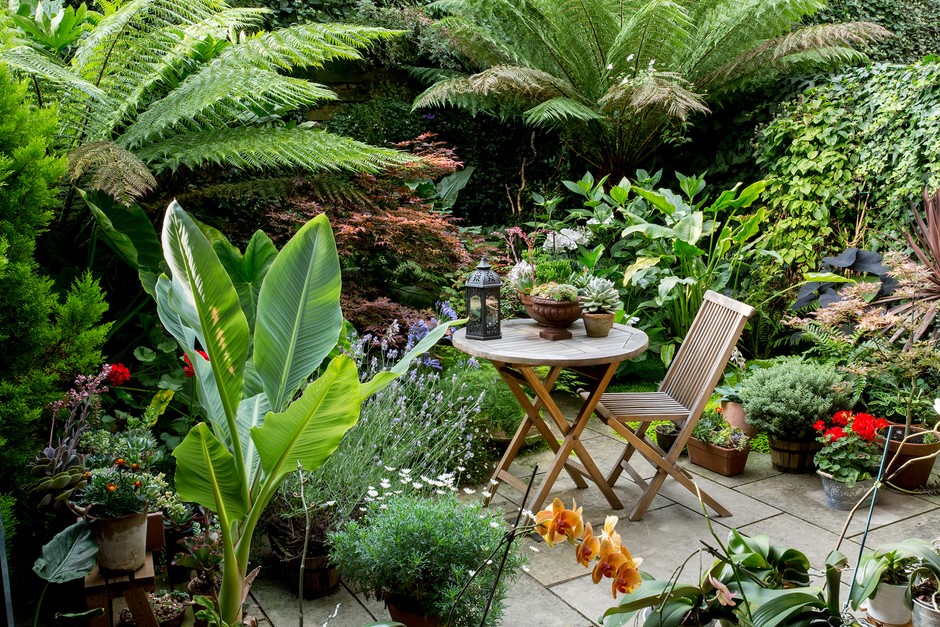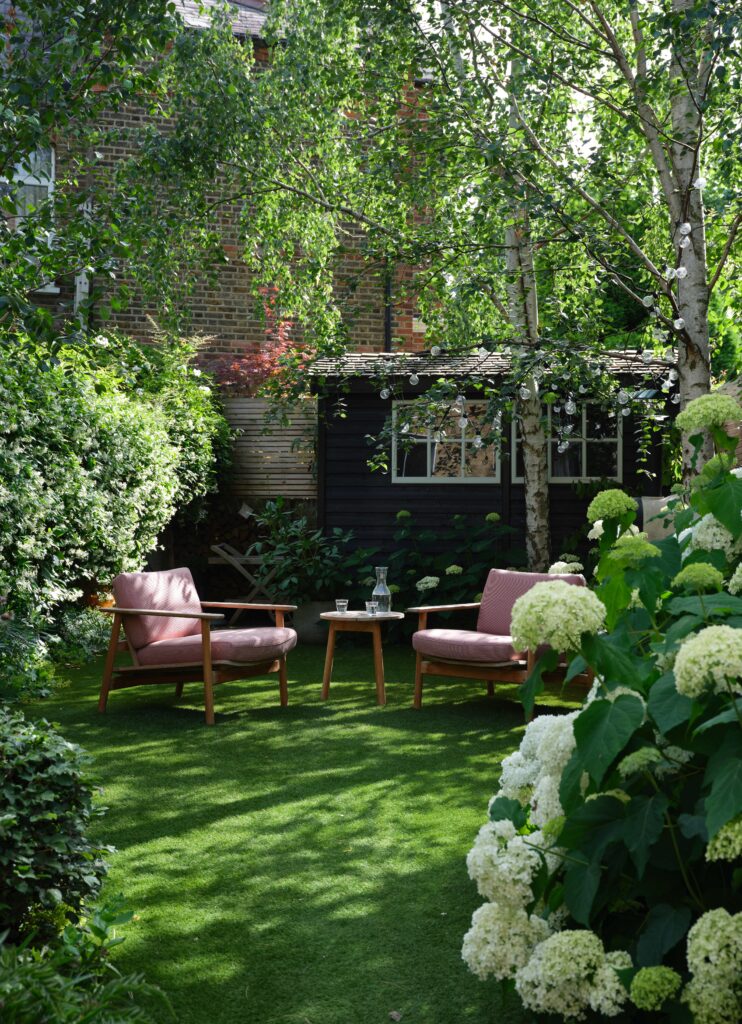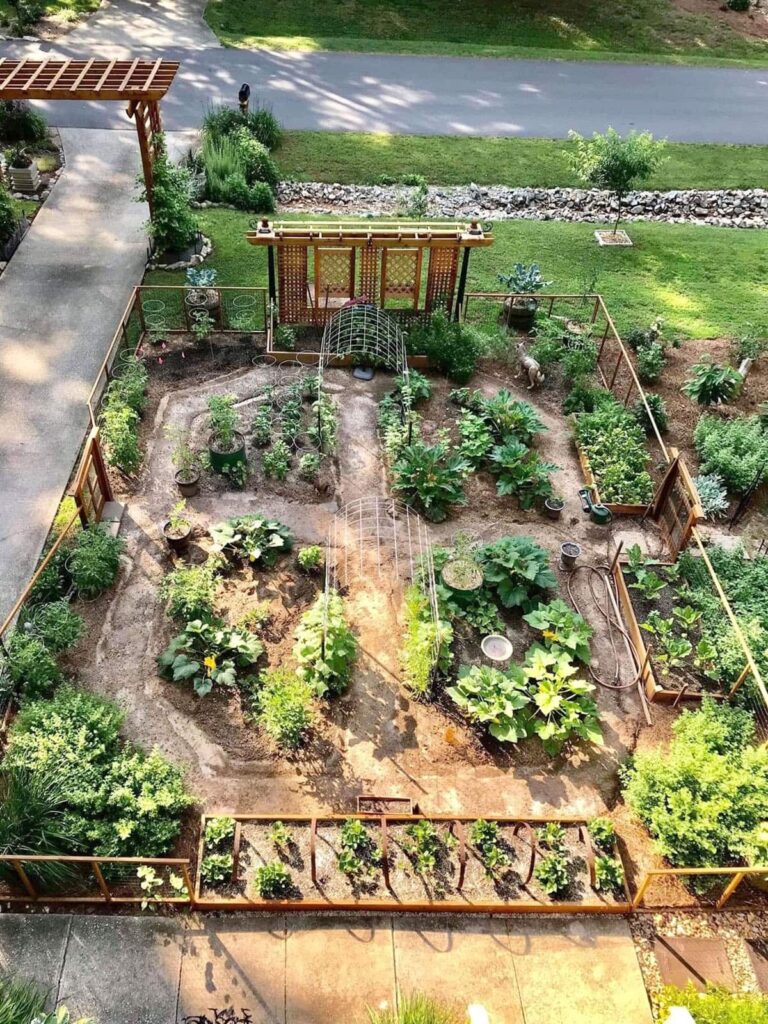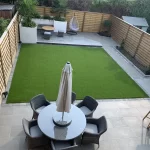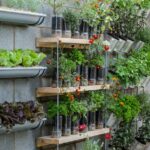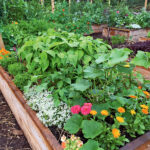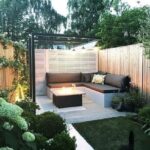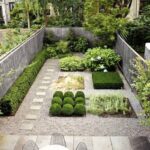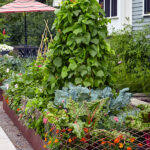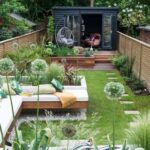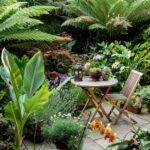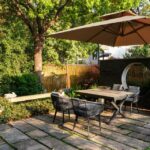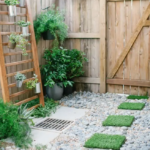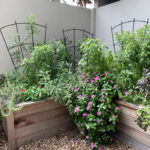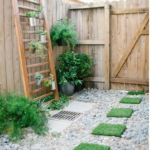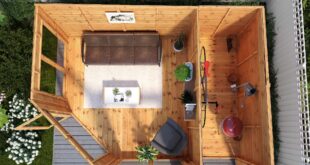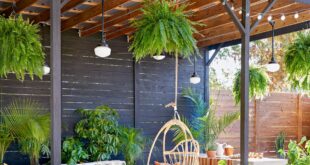When it comes to designing a small garden, efficient use of space is key. With limited square footage, every inch counts, and thoughtful planning can help create a beautiful and functional outdoor oasis. In order to make the most of a small garden, it is important to carefully consider the layout and placement of plants, pathways, and features.
One approach to small garden layout is to create defined areas within the space. By dividing the garden into separate zones for lounging, dining, and gardening, you can maximize the functionality of the space. For example, a cozy seating area with a small table and chairs can be tucked into a corner, while a raised bed or vertical garden can provide space for growing herbs and vegetables.
Vertical gardening is a popular technique for small garden layouts, as it allows you to make use of limited space by growing plants upwards instead of outwards. Hanging baskets, trellises, and wall-mounted planters can all be used to create a vertical garden. This not only adds visual interest to the garden but also maximizes the growing area, allowing you to grow more plants in a small space.
Incorporating paths and walkways into a small garden layout can help create a sense of space and flow. By carefully planning the placement of paths, you can guide visitors through the garden and create different vantage points from which to enjoy the plants and features. Consider using materials such as gravel, stepping stones, or wood decking to create pathways that blend seamlessly with the garden design.
Another important consideration in small garden layout is the selection of plants. Choosing plants that are well-suited to the growing conditions of the garden – such as sunlight, soil type, and climate – is essential for creating a thriving garden. In a small garden, selecting plants that are compact in size or have a trailing habit can help prevent overcrowding and ensure that each plant has enough space to grow and thrive.
Finally, don’t be afraid to get creative with the layout of a small garden. Experiment with different configurations, rearrange plants and features until you find a layout that works best for your space. By thinking outside the box and considering the unique opportunities and challenges presented by a small garden, you can create a beautiful and functional outdoor retreat that you can enjoy for years to come.
 yishifashion Where Outdoor Dreams Become Reality
yishifashion Where Outdoor Dreams Become Reality
